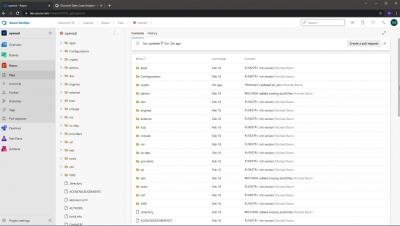UE5 Update: How Top Studios Manage Unreal Upgrades With Perforce Streams
Unreal Engine 5 is coming. Well, it is already here! Leading studios are making the switch. This means upgrading their toolsets, retesting their codebase, and figuring out how to manage changes to the engine moving forward. For leading game studios, a UE5 update (and customizations) can be safely managed with Helix Core — the game development standard for version control. It’s the tool trusted by 95% of top AAA studios.










